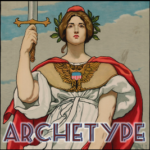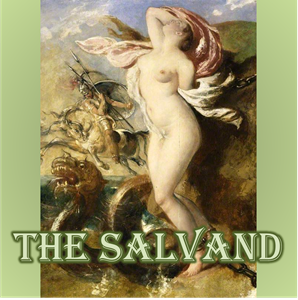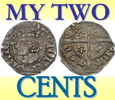
 We know that behaviorally modern humans (i.e., we) appeared in Africa 50 thousand years ago and spread throughout the world. But, we did not live long enough for grandparents to be part of the picture until about 30 thousand years ago.
We know that behaviorally modern humans (i.e., we) appeared in Africa 50 thousand years ago and spread throughout the world. But, we did not live long enough for grandparents to be part of the picture until about 30 thousand years ago.
The unique multi-generational social environment spawned by the presence of grandparents is thought to have created remarkable opportunities for human beings, allowing cultural knowledge to survive longer in the brains of individuals to be spread to more new humans.
This event in human evolutionary history has been used to explain why women survive beyond menopause, beyond when they can pass their genes on to new offspring, the very compelling Grandmother Hypothesis. Of course, although men do not experience a similar loss of fertility, grandfathers can be put to many of the same extended parenthood purposes after they are no longer fit for their classic evolutionary roles as hunters and warriors.
This development brought great benefits, but it also must have posed problems, complicating the simple, dichotomous relationship between children and parents that had existed (as far as my limited knowledge extends) among all creatures throughout the history of life.
I believe this generational tension is the source of a common four-character scheme in story-telling I’ve been exploring in my Writing Archetypes series. It started with ancient myth and continues onto the modern page and screen.
It’s a cultural solution to a unique evolutionary situation, the multi-generational community. Each archetype can be seen to represent a different generation: the Companion, the Hero, the Rough, and the Guru. You might say, “But, John! That’s four generations and grandparents only result in three generations.”
Therein lies the tricky part.
Continue reading →

 When I discussed the Hero archetype earlier, I pointed out that this character is the hub at the center of a wheel of other characters. In fact, in more subtle stories with lots of characters, that’s the best way to identify the Hero: figure out who has relationships to all the other characters.
When I discussed the Hero archetype earlier, I pointed out that this character is the hub at the center of a wheel of other characters. In fact, in more subtle stories with lots of characters, that’s the best way to identify the Hero: figure out who has relationships to all the other characters.
 The Damsel-in-Distress is an intriguing trope, the female-gendered variation of the Salvand archetype, which is a character that needs saving. As the most prevalent expression of the Salvand, the Damsel not only informs our myth and literature, it embeds an insidious bias into our personalities, our culture, our politics. It’s a bias that corrupts our judgment, and thus our attempts at justice, like no other archetype.
The Damsel-in-Distress is an intriguing trope, the female-gendered variation of the Salvand archetype, which is a character that needs saving. As the most prevalent expression of the Salvand, the Damsel not only informs our myth and literature, it embeds an insidious bias into our personalities, our culture, our politics. It’s a bias that corrupts our judgment, and thus our attempts at justice, like no other archetype.

 It has been widely reported that actor Jack Gleeson, who plays King Joffrey on the HBO fantasy drama Game of Thrones, looks to Joaquin Phoenix’s portrayal of Emperor Commodus in the 2000 film Gladiator for a role model on how to portray a young sadistic autocrat.
It has been widely reported that actor Jack Gleeson, who plays King Joffrey on the HBO fantasy drama Game of Thrones, looks to Joaquin Phoenix’s portrayal of Emperor Commodus in the 2000 film Gladiator for a role model on how to portray a young sadistic autocrat.
 The other day, while discussing
The other day, while discussing